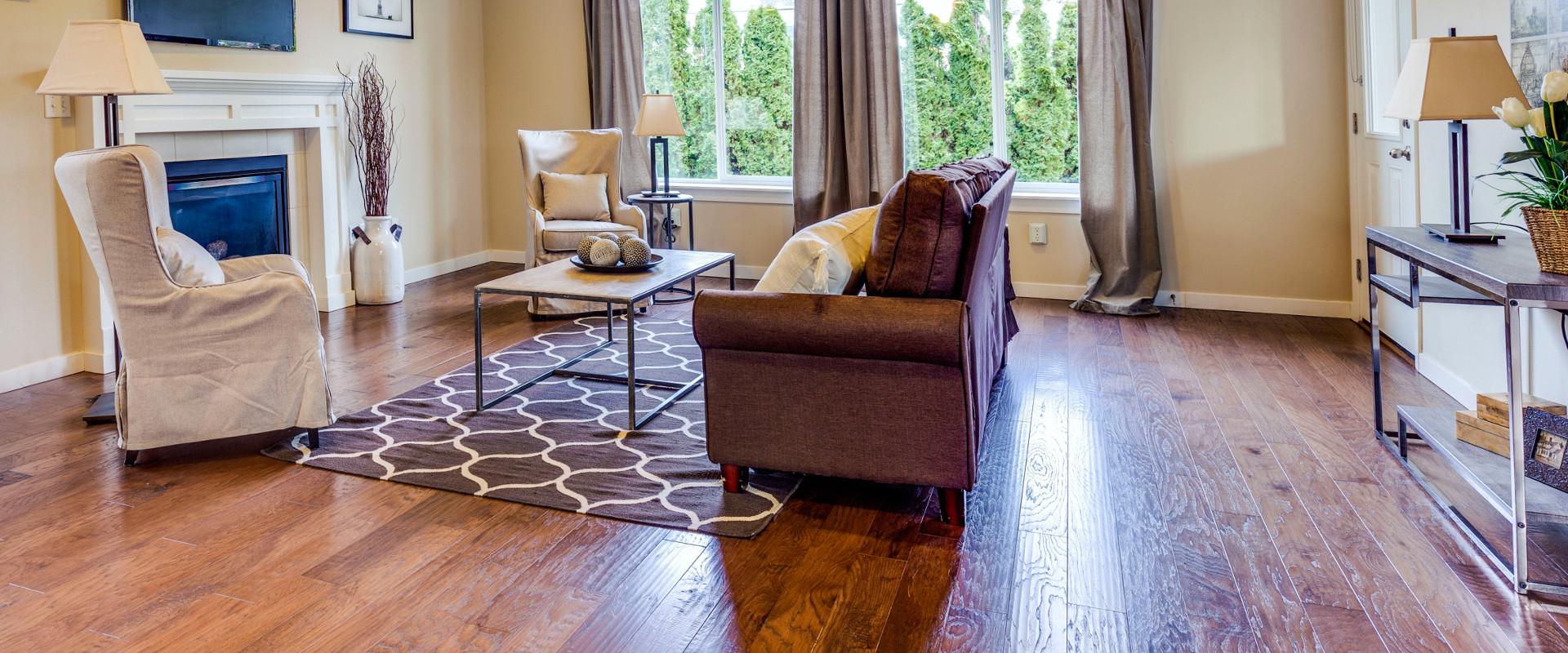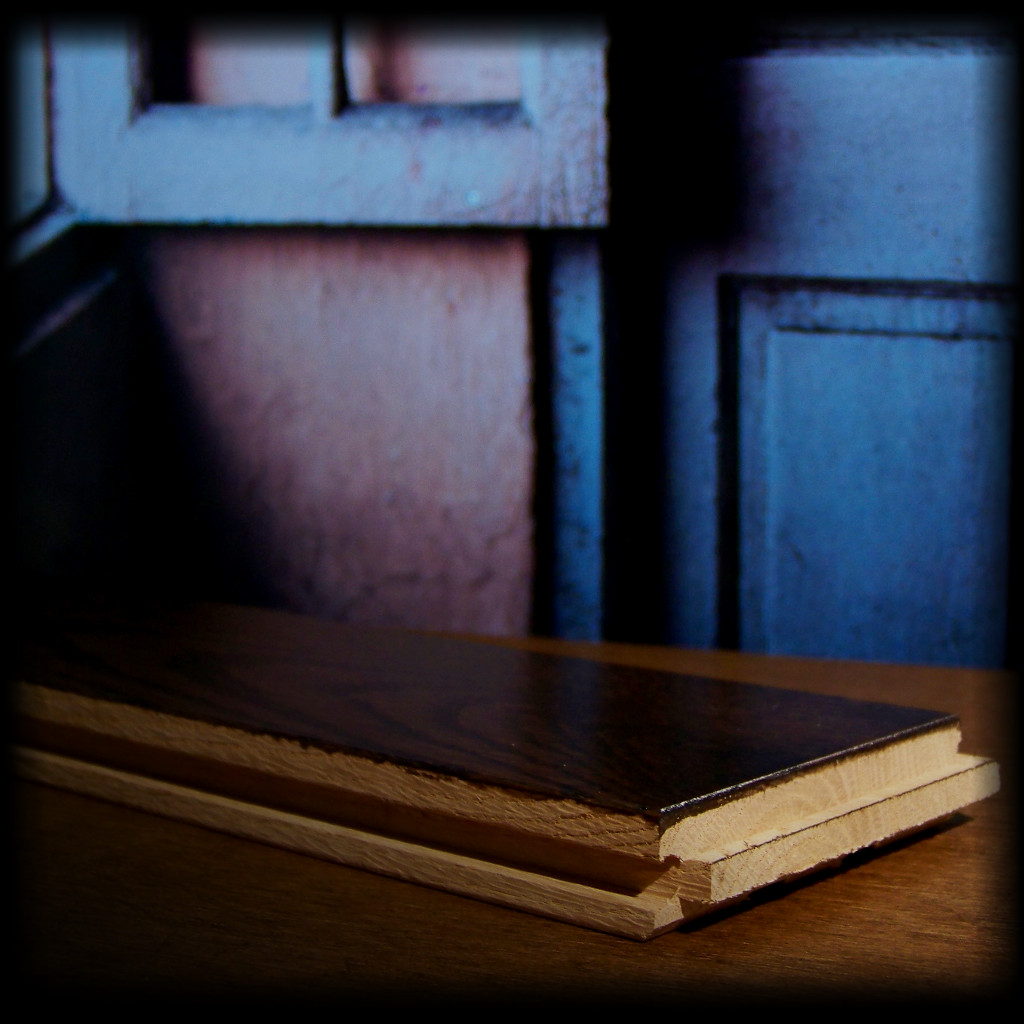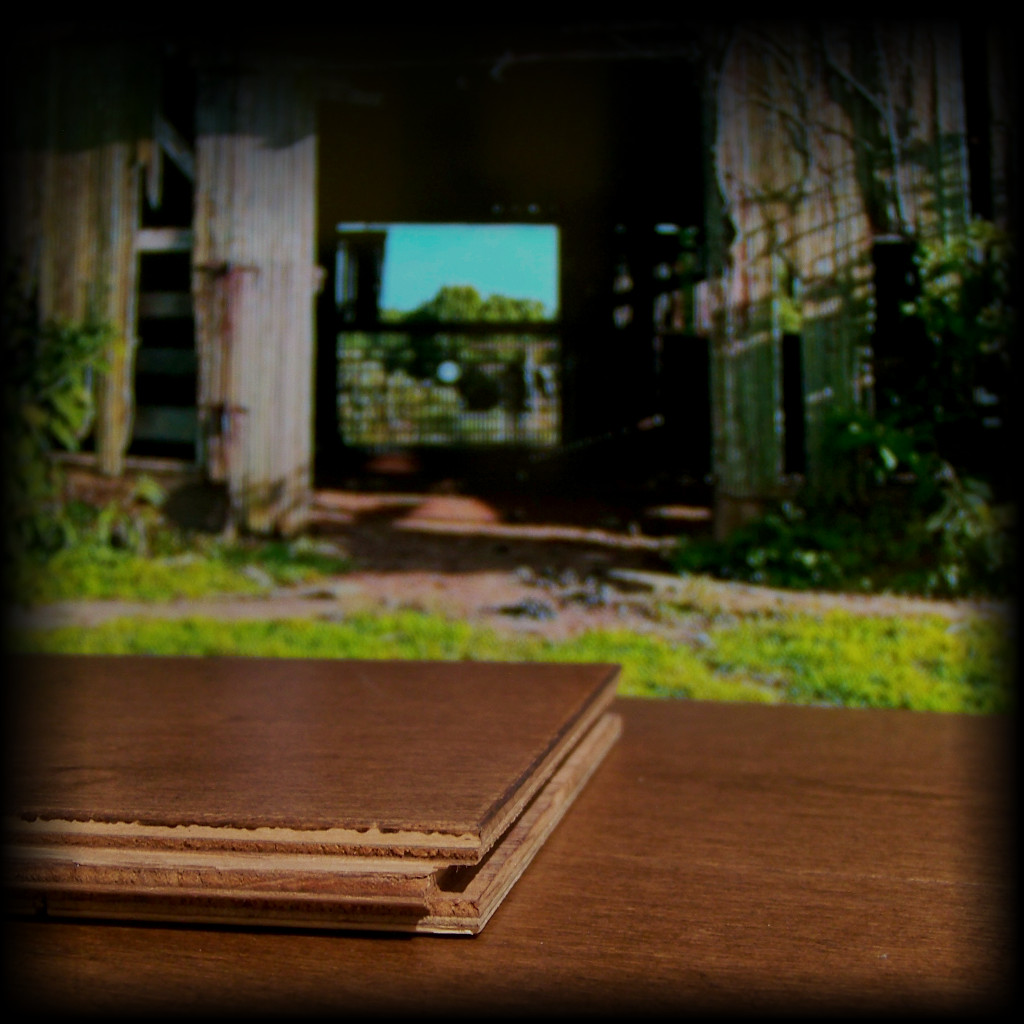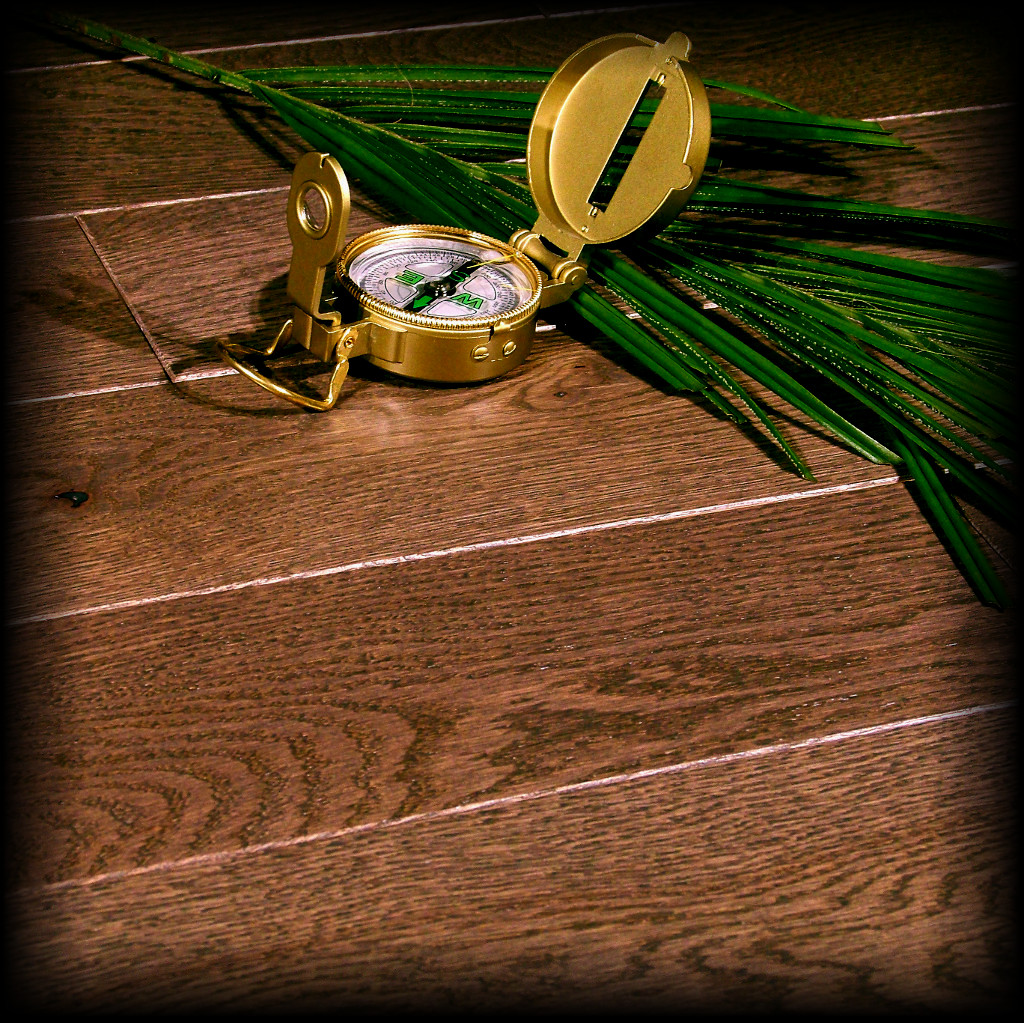WoodHouse only sells its floors through a network of qualified flooring professionals. We do so because the answer to this very question (and others) is important, and needs to be answered correctly. So, it is best left to a one-on-one discussion with one of our dealers. You can find your nearest dealer by using our dealer locator found here
In the meantime, we would like to offer some bits of information to help you prepare for owning wood flooring. This will help you ask the right questions of your flooring professional and further ensure your new floor is a complete success.
First of all, solid hardwood flooring is exactly what it sounds like, one solid piece of wood. In the case of WoodHouse, ¾ inches thick, tongue and grooved with slightly beveled edges. All WoodHouse solid hardwood flooring is pre-finished. Solid wood flooring is one of the most desired floor coverings available and a solid choice for a quality new build or remodel.
Engineered flooring from WoodHouse is made from multiple layers of wood with the top layer being the wear and visual layer with a slight bevel on four sides. Our various engineered floors vary in thickness somewhat, but all are close to ½ inch in thickness and tongue and groove. The multiple layers that make up an engineered floor are glued together, like plywood, with the grain of each layer running in various directions.
Make no mistake, both solid and engineered floors ARE wood floors.
So which one is best? Well, each one is the best, in certain situations. To begin with, and perhaps the most important consideration, is the environment where you will be installing the flooring. Engineered flooring, with its multi-layer construction, is better suited for areas where the climate is not well controlled. Areas where the humidity varies more widely will benefit from the inherent dimensional stability that engineered flooring has. While you still need to be aware of the environment where you have your wood floors, engineered flooring is more tolerant of humidity changes.
Visually, it is not possible to tell if a floor is solid or engineered once it is installed. Both flooring types have natural, hardwood, surfaces with all the beauty only nature can provide. However, because of the way engineered flooring is constructed, wider planks can be provided at or below the price point of solid flooring. WoodHouse engineered flooring is available up to 7-1/2 inches wide, while our solid flooring is available up to 4-1/2 inches wide.
Another benefit of engineered flooring is that it is relatively low profile at around ½ inches thick. This often avoids some of the installation issues that can arise when installing a thicker floor like our 3/4 inch thick solid floors. However, this lower profile comes at a cost. Engineered flooring cannot be refinished. Generally this is not an issue given the incredible durability of WoodHouse finishes and our industry leading warranty.
At WoodHouse, we feel the more you know about wood flooring, the more likely you are to select WoodHouse Flooring. To that end, this site contains a lot of purely educational material. You can start by clicking on “RESOURCES” at the top of the page.



